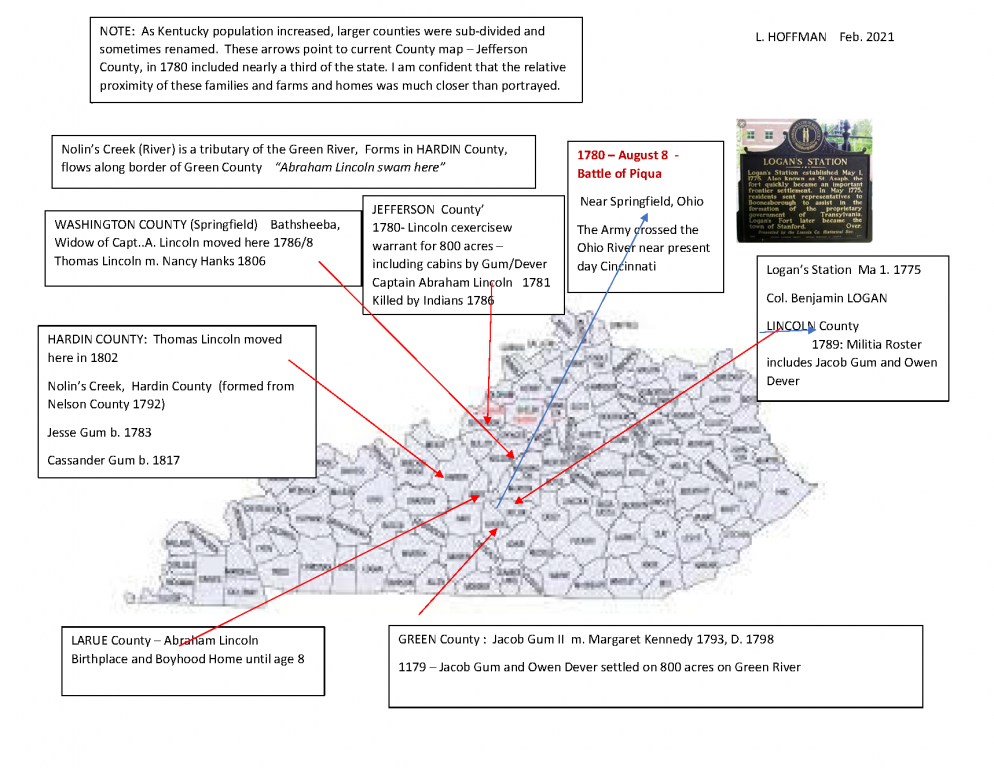Jacob GUM II
SAR Patriot #:
P-339763
The following information was assembled from numerous sources and cannot be used directly as proof of Qualifying Service or Lineage.
It is considered a research aid and is intended to assist in locating sources that can be used as proof.
State of Service: VA
Qualifying Service: Private
DAR #: A048341
Birth: btw 1739/1740 / Sussex / DE
Death: bef 20 Nov 1798 / Green / KY
Qualifying Service Description:
CAPTAIN LOGAN, 1779; CAPTAIN HUMBLE, 1780
Additional References:
HARDING, GEORGE ROGERS CLARK AND HIS MEN, pg 66
Spouse: (1) Lydia Dever; (2) Margaret McComus
Children: Jacob III; Ellender; Sarah; Lydia; Charles; Jehu; Jesse; Elijah; Mary; Nancy; John;
Members Who Share This Ancestor
| Date Approved | Society | ACN | SAR Member Info | Lineage via Child | View Application Detail | |
|---|---|---|---|---|---|---|
| 1981-12-30 | IL | Unassigned | Howard Dick Hoffman (111768) | Jesse | ||
| 1986-01-24 | TN | Unassigned | Charles Camp Ragsdell II (126941) | Jacob | ||
| 1993-05-26 | TX | 212376 | John Harris Beard (139595) | Jacob | ||
| 1994-09-08 | TX | 222524 | Robert Lee Johnston Jr (131460) | Charles | ||
| 2015-12-11 | MO | 66859 | Gregory Jon Watkins (188820) | Sarah/Sallie |
Burial:
UNKNOWN (Unindexed)
Location:
Green / KY
Find A Grave Cemetery #:
n/a
Grave Plot #:
Grave GPS Coordinates:
n/a
Find A Grave Memorial #:
n/a
Marker Type:
SAR Grave Dedication Date:
Comments:
There was no entry for this patriot at Find-a-Grave as of February 2021
Directions to Cemetery / Gravesite:
